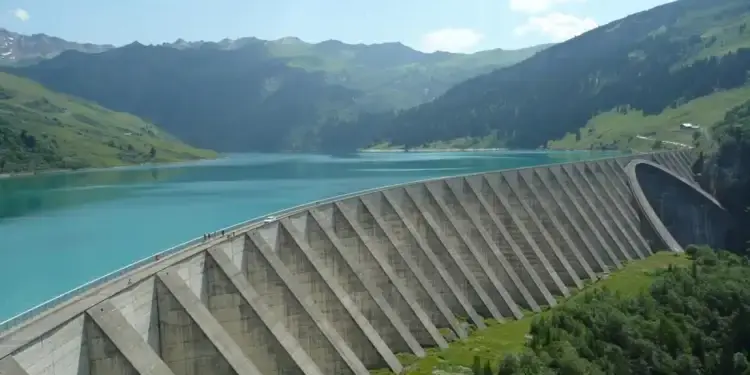The recent data published by the National Observatory of Agriculture (ONAGRI) reveal a clear improvement in the country’s water situation. As of May 28, 2025, the overall filling rate of Tunisian dams was 41.1%, marking a significant increase compared to the previous year.
This increase is notably carried by the more favorable climatic conditions and the precipitation recorded in recent months, which have made it possible to significantly improve the water levels in several deductions.
Nearly 975 million m³ of reserves in all dams
In total, the water reserves stored in Tunisian dams reach 974.5 million m³, an increase of 25% compared to the same date in 2024. This development is particularly marked in the dams located in the north of the country, which alone concentrate 888.9 million m³, for a filling rate of 47.9%. This represents an increase of 22% over a year.
These figures confirm the northern strategic role in national water balance, particularly in terms of irrigation and drinking water.
Persistent regional disparities
On the other hand, the situation remains worrying in other regions. Dams in the center of the country display only a filling rate of 14.9%, with a volume of water of only 67 million m³. CAP-Bon does little better, with a rate of 30.1%, corresponding to 18.5 million m³.
These regional disparities recall the fragility of the Tunisian water system, particularly exposed to the effects of climate change and to the unequal distribution of precipitation.
The cumulative contributions since the start of the hydrological season (September 1, 2024) until May 27, 2025 reached 941.2 million m³, 47.5% more than last year. A notable improvement which allows a slight respite after several years of drought, but which does not solve the structural challenges faced by water management in Tunisia.








